How to maximize your squatting position.
There has been a lot of debate about correct squatting stance and what that should look like. While this is a very complicated subject, and many factors come into play, there are some simple anatomical reasons why people have to squat differently.
The old saying that "no two people are the same" is also very true when it comes to squatting stance. There can be many limitations as to why some people have problems squatting. A major limiting factor is the bony anatomy of the hip joint. This does not excuse you from squatting but it can be a guideline to help you understand what your optimal squat position may be. Femoral anteversion and femoral retroversion are two fancy words that describe how the ball (femoral head) and socket (acetabulum) of the hip joint are lined up. The angle at which it does directly correlates to the amount of internal or external rotation each person has in their hips. To complicate this further, the position of the socket on the pelvis also makes a difference as to how a person is going to be able to squat with a different stances.
While these are just some of the bony structures that influence our squatting ability, this does not take into account the soft tissue that could be limiting our ability to squat. When the soft tissue is factored in, it can become quite the process to figure out where that person will be most comfortable in their squat position. Squatting should feel comfortable, there should be no pinching sensation in your hips or ankles, no knee pain, and no low back pain. Altering your foot position can be a big help in reducing injury and making gains in strength.
When trying to determine the best foot position during your squat, you need to remember the following 3 principles:
1. Weight is in the heels of the feet throughout the movement. You should be able to wiggle your toes when you are at full depth.
2. Knees track to the middle or outside of your foot. Think about driving your knees out as you are going into your squat vs. your knees collapsing in during your squat.
3. Most importantly, your low back should not move at all during the squat. A neutral positioned spine is optimal vs. an extended or flexed spine.

